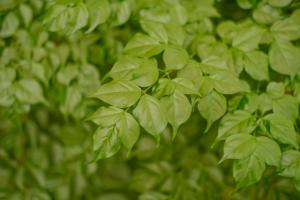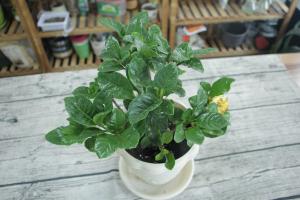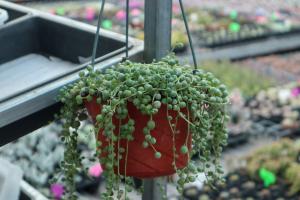Where was the Heavy Water Plant in Norway?
The heavy water plant in Norway was located in the small town of Rjukan, which is situated in the Telemark region of southern Norway. The town is surrounded by mountains and is approximately 120 miles west of the Norwegian capital of Oslo.
The Importance of the Heavy Water Plant
The heavy water plant in Norway played a critical role in the production of nuclear weapons during World War II. Heavy water, which is a form of water with a higher concentration of deuterium or hydrogen isotope, was used to produce nuclear fuel and facilitate the nuclear fission process. The Germans believed that heavy water was a key component to building an atomic bomb, which is why they were intent on acquiring the supply of heavy water in Norway.
The Nazi Occupation of Norway
In April 1940, Nazi Germany invaded and occupied Norway. The Germans were aware of the importance of the heavy water plant in Rjukan and they quickly took control of it. The Norwegian resistance, however, was determined to sabotage the plant and prevent the Germans from acquiring heavy water. In 1943, a group of Norwegian commandos successfully carried out an operation to destroy the heavy water production facility at the plant. This sabotage delayed the German nuclear program and was a significant setback for their efforts to develop a nuclear weapon.
The Legacy of the Heavy Water Plant
The heavy water plant in Norway has become a symbol of resistance against oppression and tyranny. The story of the Norwegian resistance and their successful sabotage of the plant has been memorialized in books, movies, and documentaries. The site of the heavy water plant in Rjukan is now a museum that honors the bravery and sacrifice of those who fought to protect their country and their freedom.
Visiting the Heavy Water Plant Today
If you're interested in learning more about the history of the heavy water plant in Norway, you can visit the museum in Rjukan. The museum offers exhibits and guided tours that give visitors an idea of what life was like for the workers at the plant and the resistance fighters who risked their lives to sabotage it. The town of Rjukan is also a popular destination for hiking and skiing, and the surrounding mountains offer stunning views of the Norwegian landscape.
Conclusion
The heavy water plant in Norway played a critical role in the development of nuclear weapons during World War II. The resistance fighters who destroyed the plant in 1943 are remembered as heroes who risked their lives to protect their country and the world from the dangers of nuclear weapons. Today, the site of the plant has become a museum that honors their bravery and sacrifice, and serves as a reminder of the importance of standing up to oppression and tyranny.

 how many times do yo...
how many times do yo... how many planted tre...
how many planted tre... how many pine trees ...
how many pine trees ... how many pecan trees...
how many pecan trees... how many plants comp...
how many plants comp... how many plants can ...
how many plants can ... how many plants and ...
how many plants and ... how many pepper plan...
how many pepper plan...
































